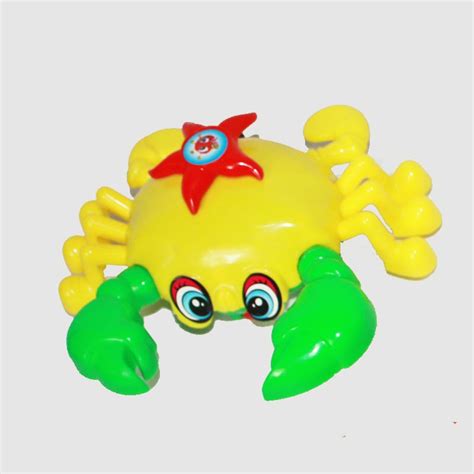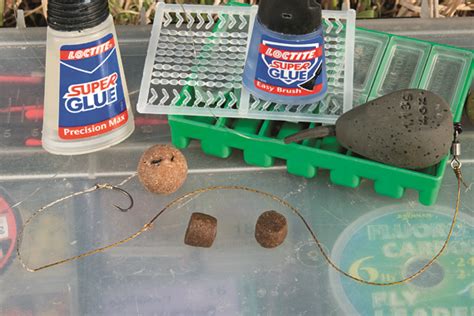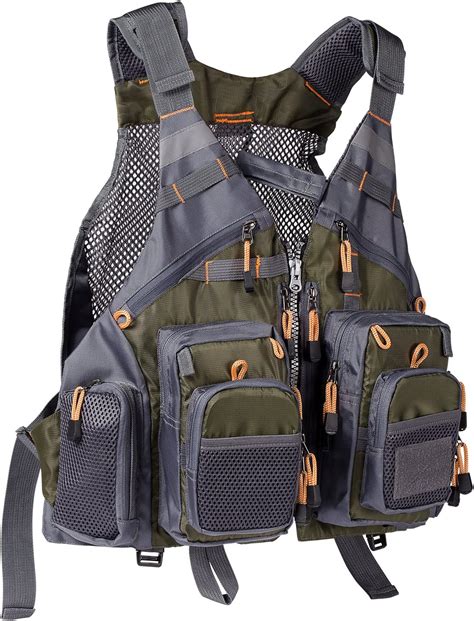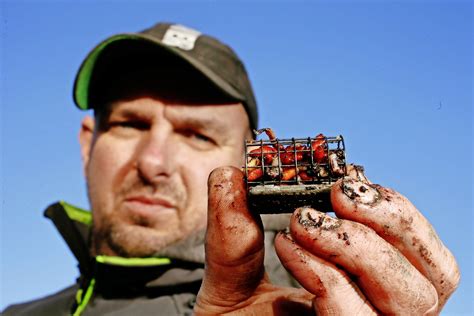Crab fishing is an engaging and rewarding activity, but it’s essential to follow specific techniques and regulations for success and sustainability. When spotting a crab on your line, gently pull the line closer, ensuring the crab remains 1 to 2 feet under the water. A deep net of about 18 inches is crucial for securely catching various crab sizes.

Efforts in conservation have been remarkable, such as the removal of over 34,000 “ghost” crab pots from Bay waters through a multi-year partnership with Virginian watermen. Various methods, including hand lines, collapsible traps, and crab pots, are popular for catching blue crabs. Regulations stipulate that crab traps not secured to a pier or dock must be spaced 100 feet apart. In Seaside, Oregon, crabbing for Dungeness crabs is popular, with collapsible traps, crab pots, and crab snares being commonly used. Regular maintenance of your crab trap, like changing the line every few years, especially if exposed to salty seawater, is advisable to ensure longevity and effectiveness.
https://www.youtube.com/watch?v=pKsLeGhR7AU
Louisiana Fisheries Forward provides resources to help fishermen understand licensing, reporting requirements, harvest regulations, crab trap rules, and best handling methods for a superior crab product. If you’re looking to use crab pots, consider the Promar TR-530C2, highly recommended for Dungeness crabs. Lester’s Crab Pots offers a range of products for both recreational and commercial fishing, including 100% American-made crab traps, pots, and manual/electric pot pullers.


